Datsun, a name familiar to older Malaysians, disappeared from the market in the 1980s. It was replaced by Nissan as a brand name for products, and the name happened to also be the company’s name. Part of the reason could have been that Datsun was so well known all over the world and sometimes, senior executives had found that people did not know their company when they mentioned it was ‘Nissan’ but showed much familiarity when they said ‘Datsun’.
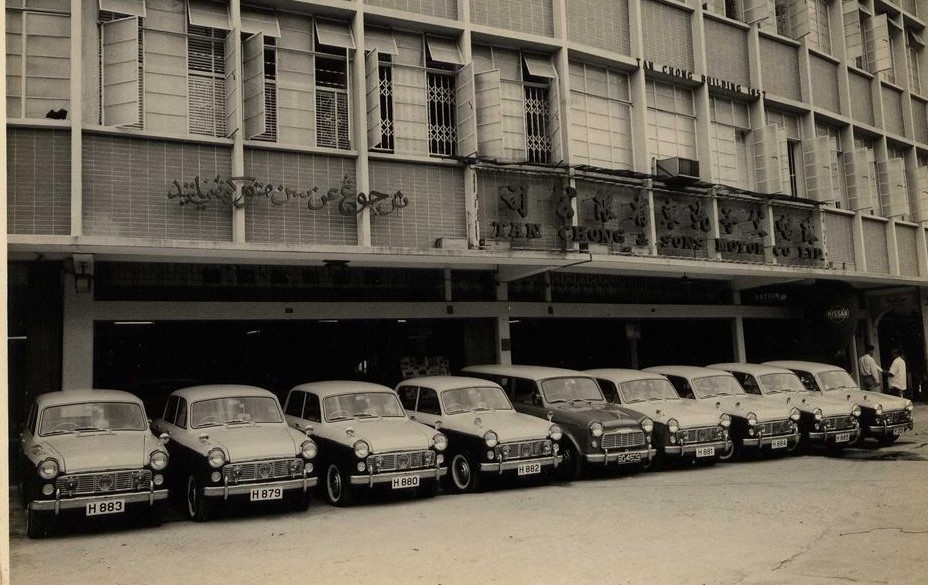
Anyway, the brand name was brought back in 2014 as a sub-brand alongside Nissan and Infiniti to represent entry-level products for emerging markets. Nissan’s CEO then, Carlos Ghosn, had thought that there might be a market for lower-cost models in places like Indonesia, India and even Russia. These products would benefit from Nissan’s technology but be built with a lower cost base. The company expected the brand’s previous reputation for value and reliability would be beneficial – but perhaps forgot that the new generation of buyers it targeted would not have known that.
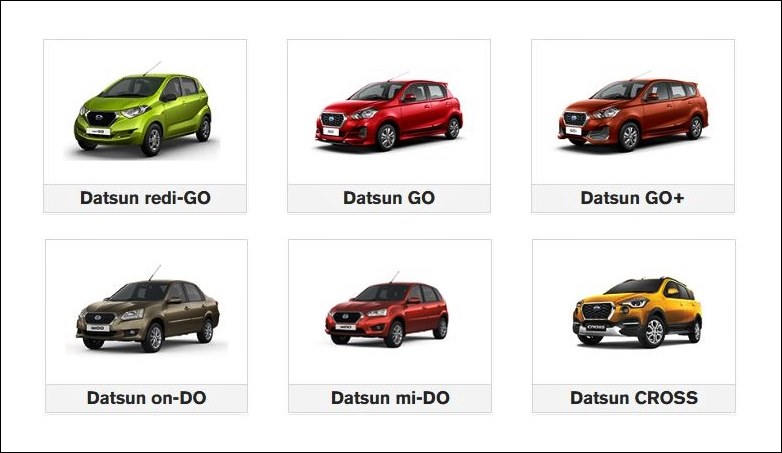
Nissan built Datsun models in three countries – Russia, China and India – and though there was favourable response initially, dealers found difficulty selling the cars because they also sold cheap Nissan models. To make the cars cheap, features were less and even the engineering was felt to be not as tough as Nissans, so consumers were not greatly persuaded to buy Datsuns when, for a little bit more, they could get better Nissans.
Nissan’s expectations and targets for the brand were thus too ambitious and it showed in the years that followed its launch. In some markets, the network was limited and as mentioned earlier, there was much dependence on Nissan dealers who would have found it more profitable to sell Nissans, rather than cheaper but low-margin Datsuns.
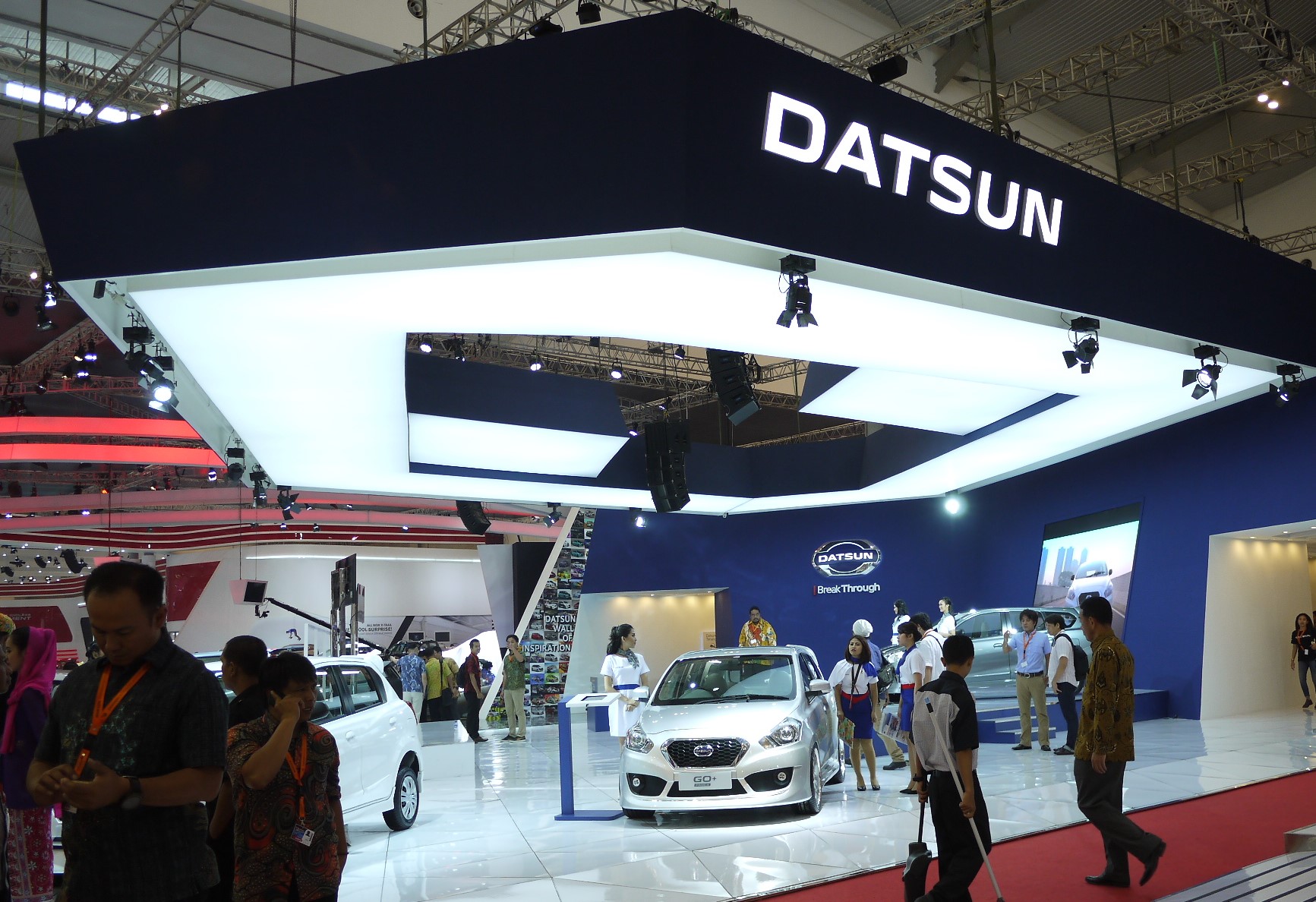
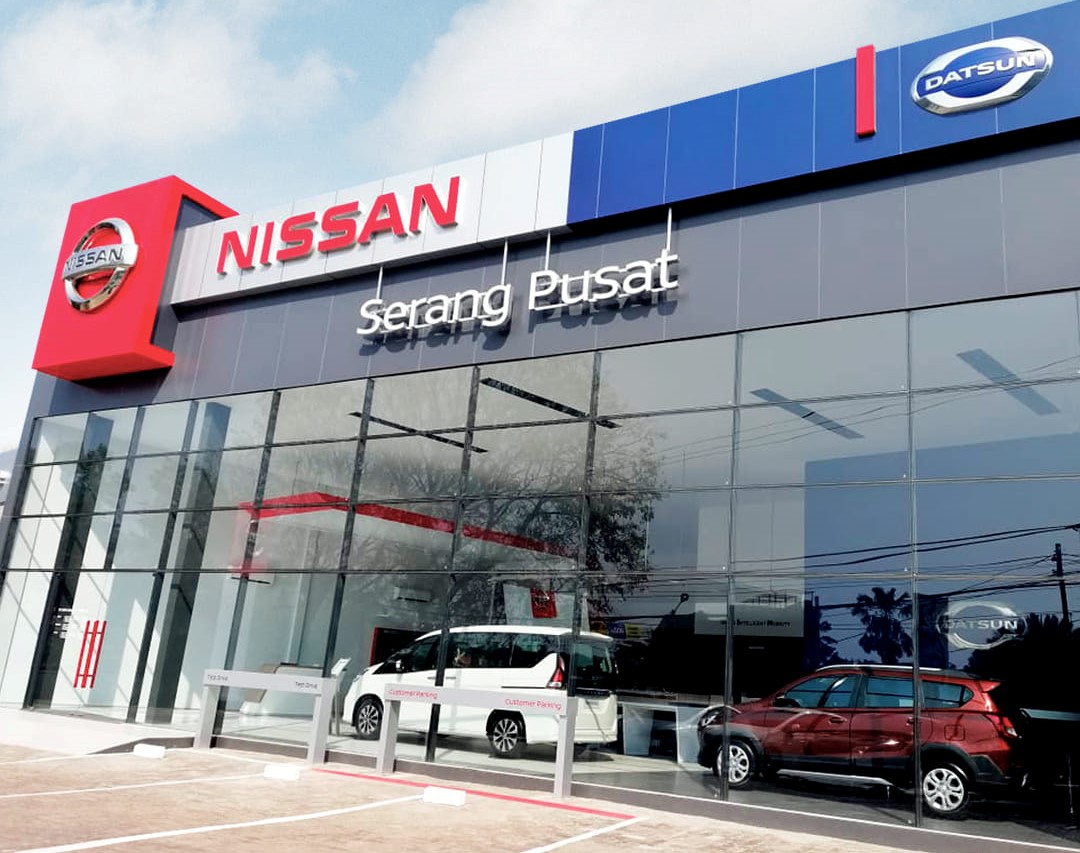
In the emerging markets, there was certainly demand for cheap cars but even consumers in such markets did not want a car that was so cheap but was lacking in features and worse, safety. Crash tests of early Datsun models placed the brand in an unfavourable light, further diminishing its appeal. Perhaps in a different era 40 years earlier, the Datsuns might have done better but with competition from low-priced Korean cars and also brands like Maruti, customer expectations were higher.
By the end of 2019, Nissan came to the conclusion that the Datsun brand was not going to make it and there was little point in trying. Furthermore, as a legacy of the Ghosn era which had become controversial, it was probably one of the moves that was accepted as a way to ‘right past wrongs’. The operations in Russia and Indonesia were discontinued during the following year, just as the COVID-19 pandemic started.
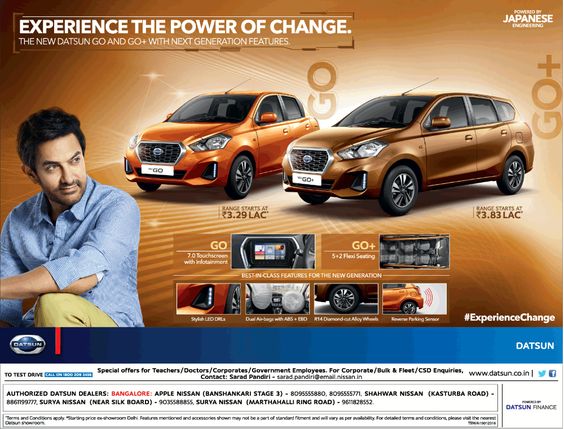
That left India as the only market which produced and sold Datsuns. The final phase of ending the brand was to take another two years as the lifecycle of the last model was run to the end.
Recently, Nissan announced that the final remaining redi-GO model was no longer produced at the plant in Chennai and dealers would sell off whatever stocks remained.
“As part of Nissan’s global transformation strategy, Nissan is focusing on core models and segments that bring the most benefit to customers, dealer partners and the business. In India, this includes the all-new, locally produced Nissan Magnite with over 100,000 customer orders to date,” Nissan India said.
Of course, like any responsible manufacturer, Nissan will provide the necessary aftersales support to Datsun owners in the years to come. This would run for a number of years and in as far as replacement parts are concerned, there should not be difficulty since many of the cars would be shared with Nissan models anyway.
So, for the second time in its history, the brand that first appeared in 1934 and helped to build a strong reputation for Nissan, is retired again. Perhaps it is best left in history books and museums where its glorious days are not blemished by the unsuccessful attempt to bring it back.
The 2022 World Car of the Year – the Hyundai IONIQ 5 – which is just starting to appear on Malaysian roads has received enhancements for better performance and new features. The battery-electric vehicle (BEV), which is just over a year old in the global market, is the first model to use the Hyundai Motor Group’s first dedicated BEV platform, Electric Global Modular Platform (E-GMP).
A major upgrade is the capacity of the lithium-ion polymer battery pack; when launched, it was available with a 58 kWh or 72.6 kWh battery pack but now, there is an additional battery pack with a greater 77.4 kWh capacity. Compared to the 58 kWh battery pack which has 24 modules/288 cells, and the 72.6 kWh battery pack with 30 modules/360 cells, the new one has 32 modules/384 cells. It also operates on the 800V system and is available for both RWD and AWD versions.
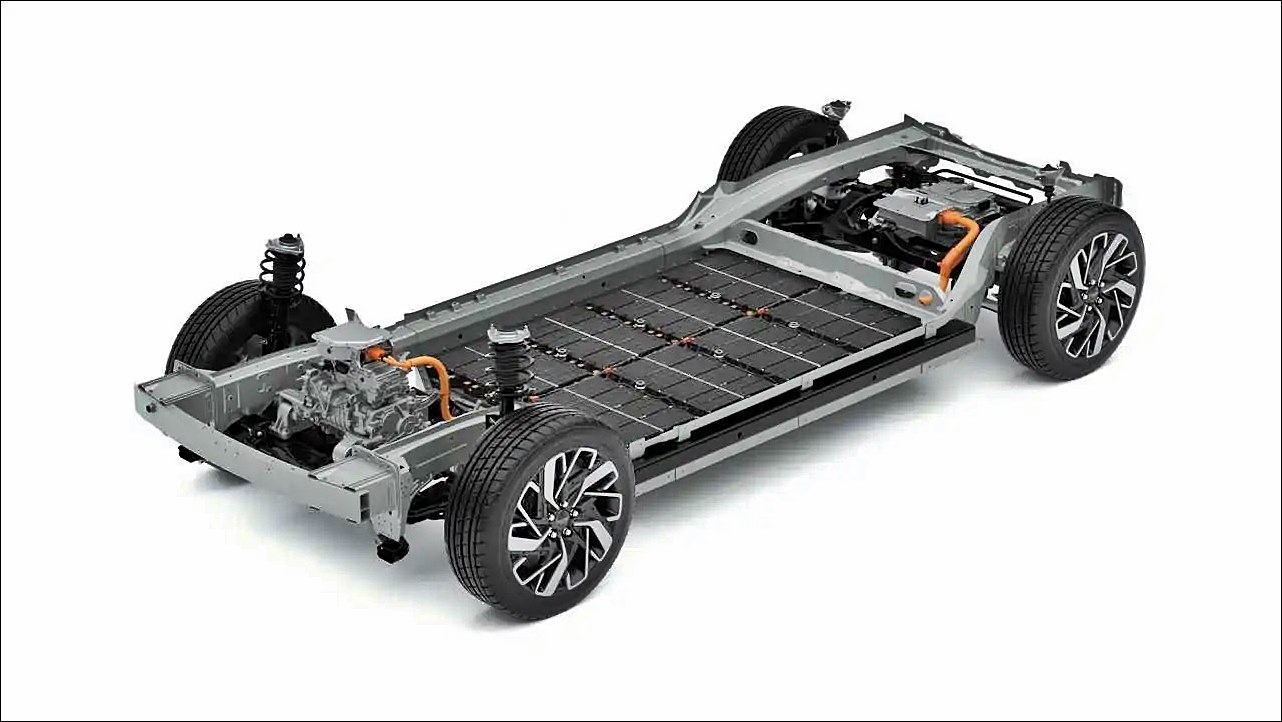
Better performance and range
The new 77.4 kWh pack has an increased range of up to around 500 kms (with RWD) and a power increase of 11 ps compared to the 72.6 kWh battery pack. An 80% recharge should be possible in 18 minutes using ultra-fast chargers.
The operating temperature of the battery pack is extremely important to performance and its service life. The conditions cannot be too hot or too cold and to maintain an optimum environment, there is a new battery heater and conditioning feature. This will enable the system to adapt its battery temperature while on the move to achieve optimal charging conditions when reaching the charging point. Ultimately, the owner benefits with improve charging performance in hot or cold ambient conditions.
Three digital camera-based mirrors
Besides the more powerful battery pack, the latest IONIQ 5 will be available with video-based digital interior and exterior mirrors. Instead of using conventional reflective surfaces, the mirrors will display real-time imagery from small cameras. For the inside rearview mirror, the camera is mounted on the IONIQ 5’s rear spoiler.
The Digital Side Mirrors have already been available for Korean-market models and are now being offered outside the country in a Hyundai Motor Group vehicle for the first time.
Namsan Edition
In some markets, there will be a special Namsan Edition of the IONIQ 5. This has a very generous equipment level and top technical specifications. The Namsan Edition is named after Namsan Mountain in Seoul, from which where there are expansive views across the skyline of the capital city and a national park covering over 3.3 million square metres
The IONIQ 5 Namsan Edition honours the Korean landmark with its full-length vision roof presenting an unobstructed panoramic view, whilst there is leather upholstery, relaxation seats and spacious interior cossets occupants within.
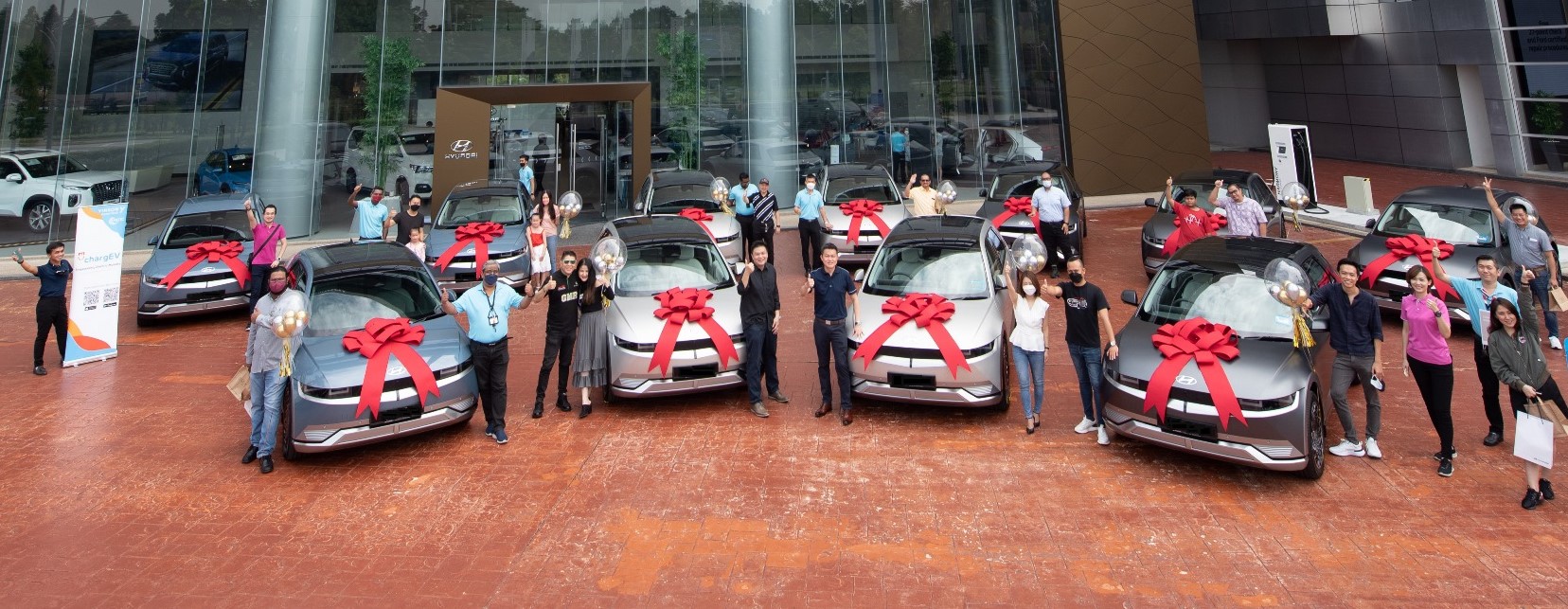

For the 2 million motorists expected to be travelling along highways during this Hari Raya period, toll charges would have been expected to be part of the travelling cost. However, on four days during the festive period, they won’t have to pay any toll, or pay a discounted rate.
Announced by the Prime Minister this afternoon, the special concession will be on April 30/May 1 and May 7/May 8. It will be applicable to all classes of vehicles. The total amount of toll that will not be collected is estimated at RM77.11 million.
The full exemption of toll will be on the PLUS and LTP (East Coast) highways, Penang Bridge, and Second Link while other highways will have 30% or 50% discount.
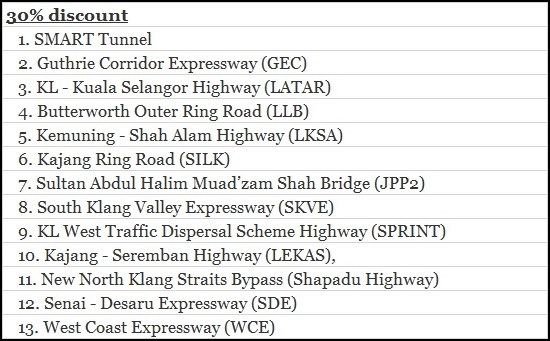
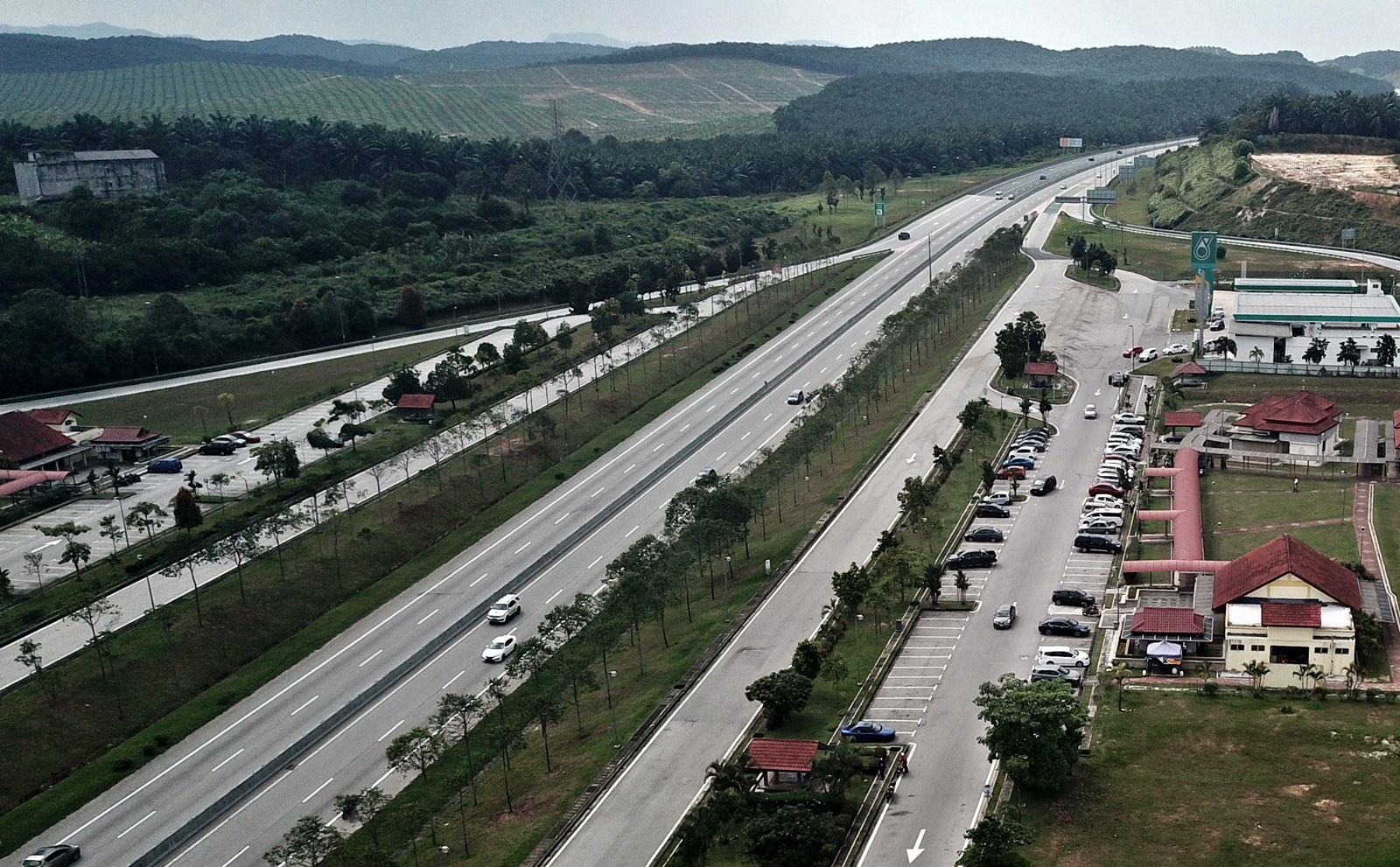
PLUS also says that facilities (including food and beverage outlets) and services at all its R&Rs and lay-bys along the highways will be operating 24-hours a day throughout the Hari Raya. In anticipation of more visitors to these areas, there will be additional mobile toilets and water tankers.
However, if over-crowding disrupts traffic flow along the highway, some of the rest areas will be temporarily closed to manage the congestion and will be immediately re-opened once the crowd has dispersed and traffic flow is back to normal. It should also be remembered that social distancing is still required for public safety. Let’s prevent the case numbers from going back up again.
Finally, whether you are using a Touch’nGo card, SmartTAG or RFID, be sure that your tollcard or e-wallet has enough balance to cover the toll charges if you are travelling on other days. There will be a lot of vehicles behind you so don’t cause others inconvenience by not being able to pass through because you didn’t have enough balance. The PLUS website has a toll charge calculator which can let you know exactly the amount you need to pay between two toll plazas.
Autonomous cars – vehicles which can operate on their own without a driver in control – are now already available, with Tesla’s cars best known for such an advanced feature (which costs an extra US$10,000) at this time. Other carmakers are also offering limited levels of autonomous motoring in their newer models as well, but use of such a feature requires approval by each country’s authorities. Malaysia, as with many countries, does not yet allow autonomous cars, as highlighted in a recent case where a Singapore-registered car was shown to be travelling on a Malaysian highway without the driver in control.
Even in countries where autonomous vehicles can operate, there are only certain sections of highways that their autonomous operation can be activated. This is because the road infrastructure has to be properly designed with standardized signage and clear road markings. The cameras on autonomous vehicles are the ‘eyes’ of the computer which assesses the surroundings and makes decision based on what it ‘sees’.
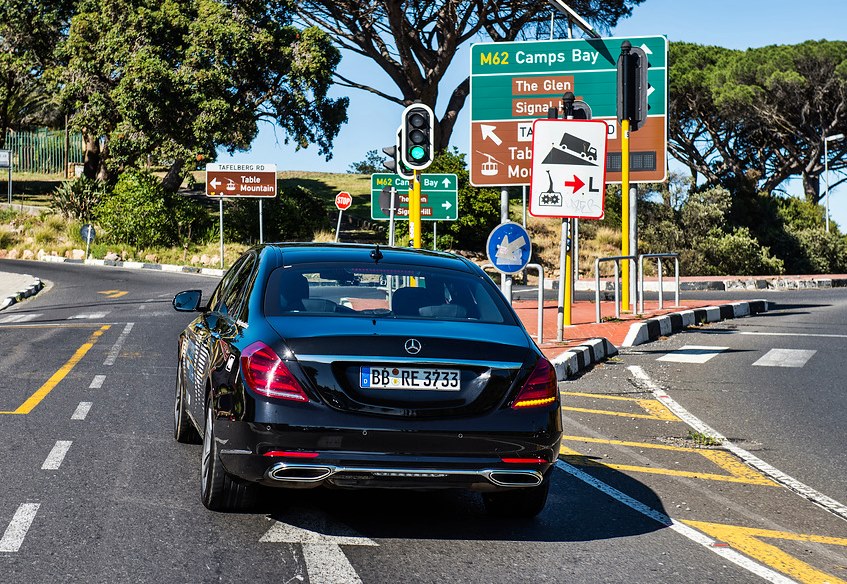
Who is responsible for accidents?
The other more important issue is legal provisions since the vehicle is not under the control of the driver. If there is an accident when under autonomous operation, can the driver be held liable? Or should the manufacturer be responsible for damages? Different countries are examining this legal responsibility and in Britain, the legal changes necessary have been put forward which will allow the use of autonomous vehicles and how legal issues will be dealt with.
The new law considers the person in the driver’s seat as a ‘user-in-charge’ and will not be prosecuted for offences such as exceeding speed limits or not stopping at red lights if the vehicle is operating autonomously. However, the user-in-charge still has certain responsibilities such as ensuring that everyone has their seatbelts on and that the vehicle is not overloaded. Being drunk while using an autonomous vehicle will still be an offence.
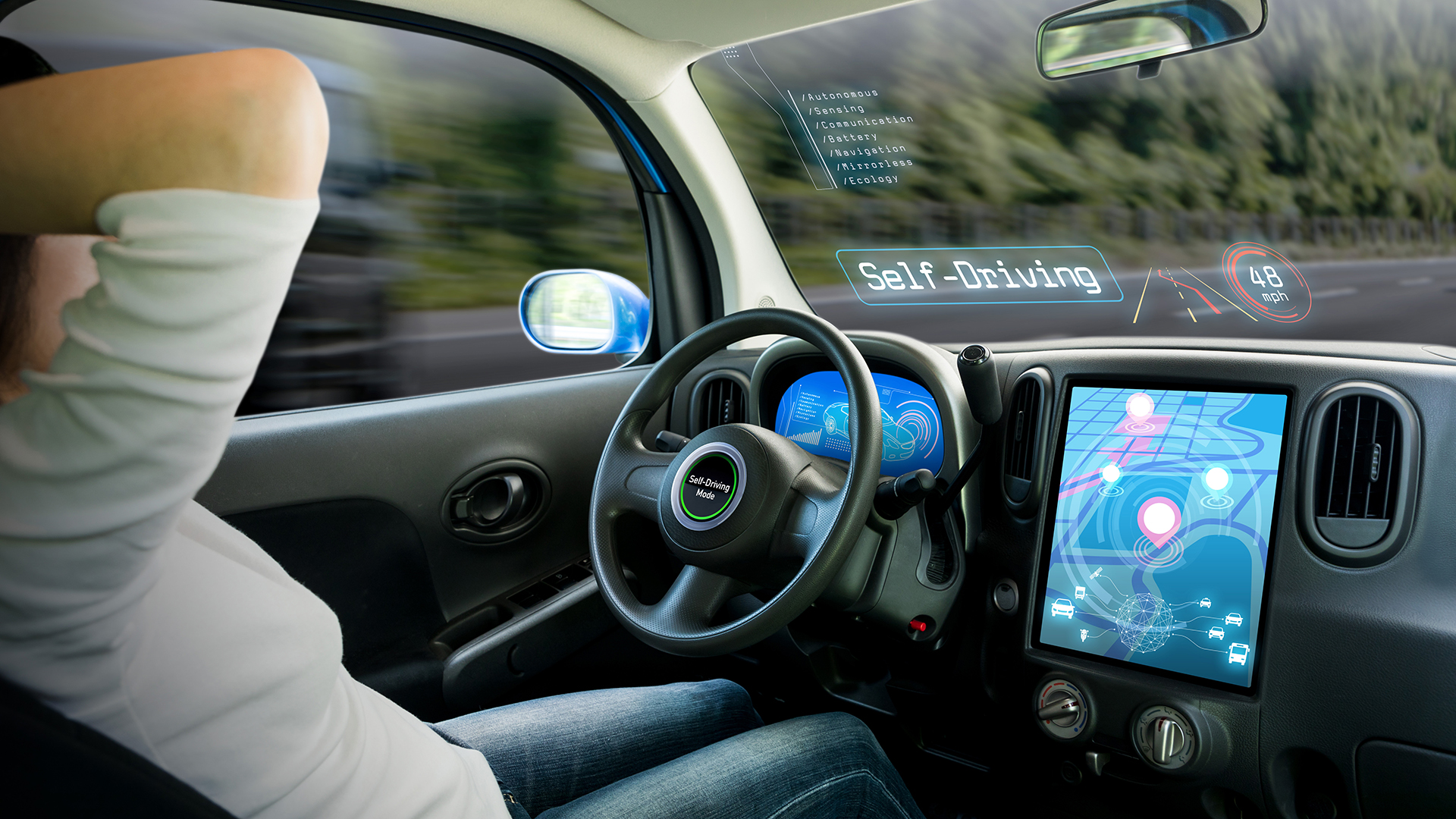
Responsibility for an accident will be directed to the Authorized Self-Driving Entity (ASDE), an entity that applied for authorization of the automated vehicle. This can be the manufacturer of the vehicle or the software developer of the automated driving systems (or both parties).
There already exists in British law an Act which makes reference to automated vehicles. Introduced in 2018 as the Automated and Electric Vehicles Act, it states that victims who suffer injury or damage from a vehicle operating independently will not need be charged and the insurance company will pay compensation as specified.
Can watch TV, cannot use mobilephone
The new law allowing the full benefits of autonomous vehicles to be used are expected to be introduced in the middle of 2022. Apart from the convenience of travelling long distances without actually driving the car, motorists can look forward to being able to watch movies or other broadcasts on their journey. Or they could read a book or have a meal without having to also pay attention to the road ahead (although it would still be a good idea to do so).
Strangely though, use of a mobilephone is still considered illegal. The thinking behind this is that the display on an infotainment screen can be interrupted to display a warning message in an emergency when the driver may have to take over control of the car. A mobilephone would not have such a capability since it is an entirely independent device.
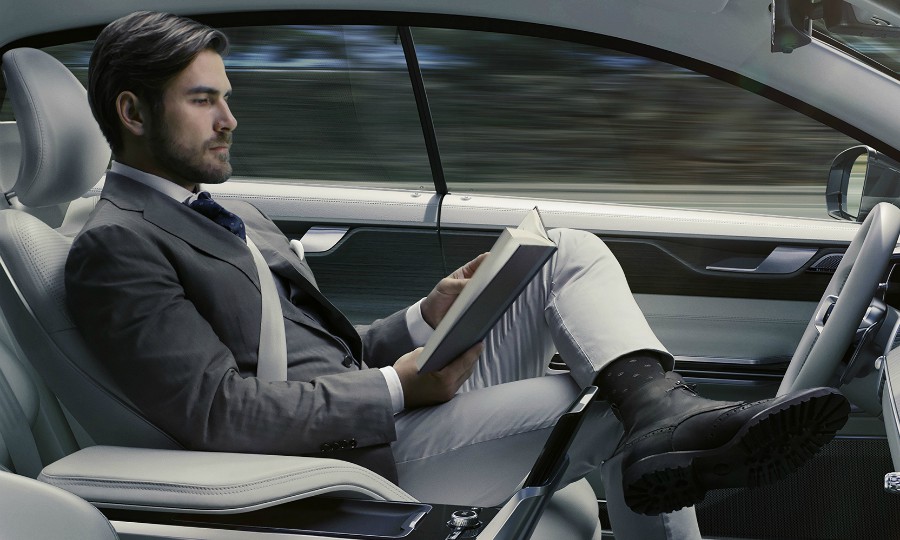
Self-driving and ADAS
The new rules are a first step in allowing use of autonomous vehicles on British roads and they also clarify the difference between cars that are ‘self-driving’ and those with advanced driver assistance features (ADAS). The latter can already be found in many cars today, common ones being automatic emergency braking, cruise control and lane-keeping. ADAS, also referred to as Level 2 autonomy, helps drivers avoid accidents or minimize their effects but the driver must have control as well.
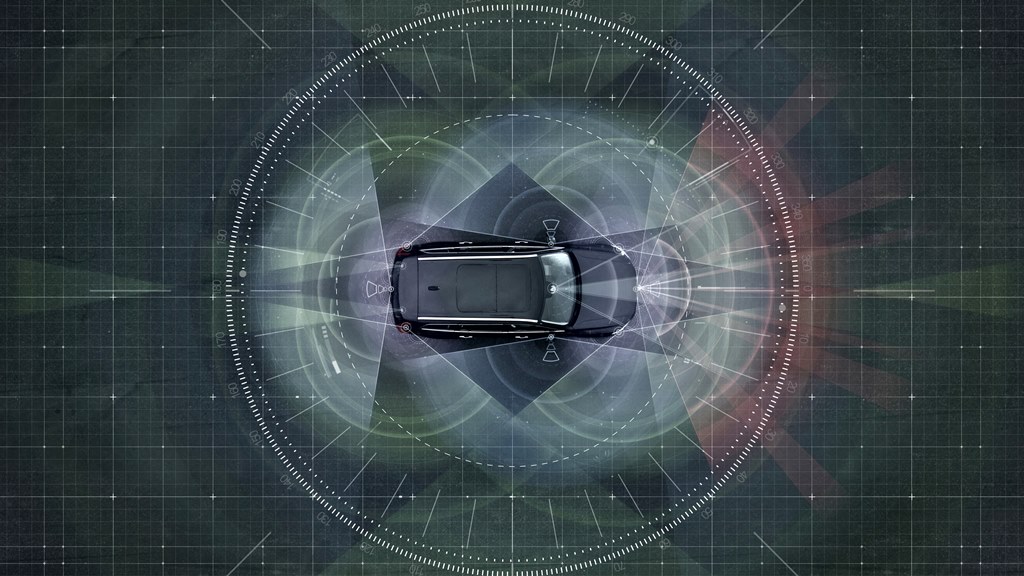
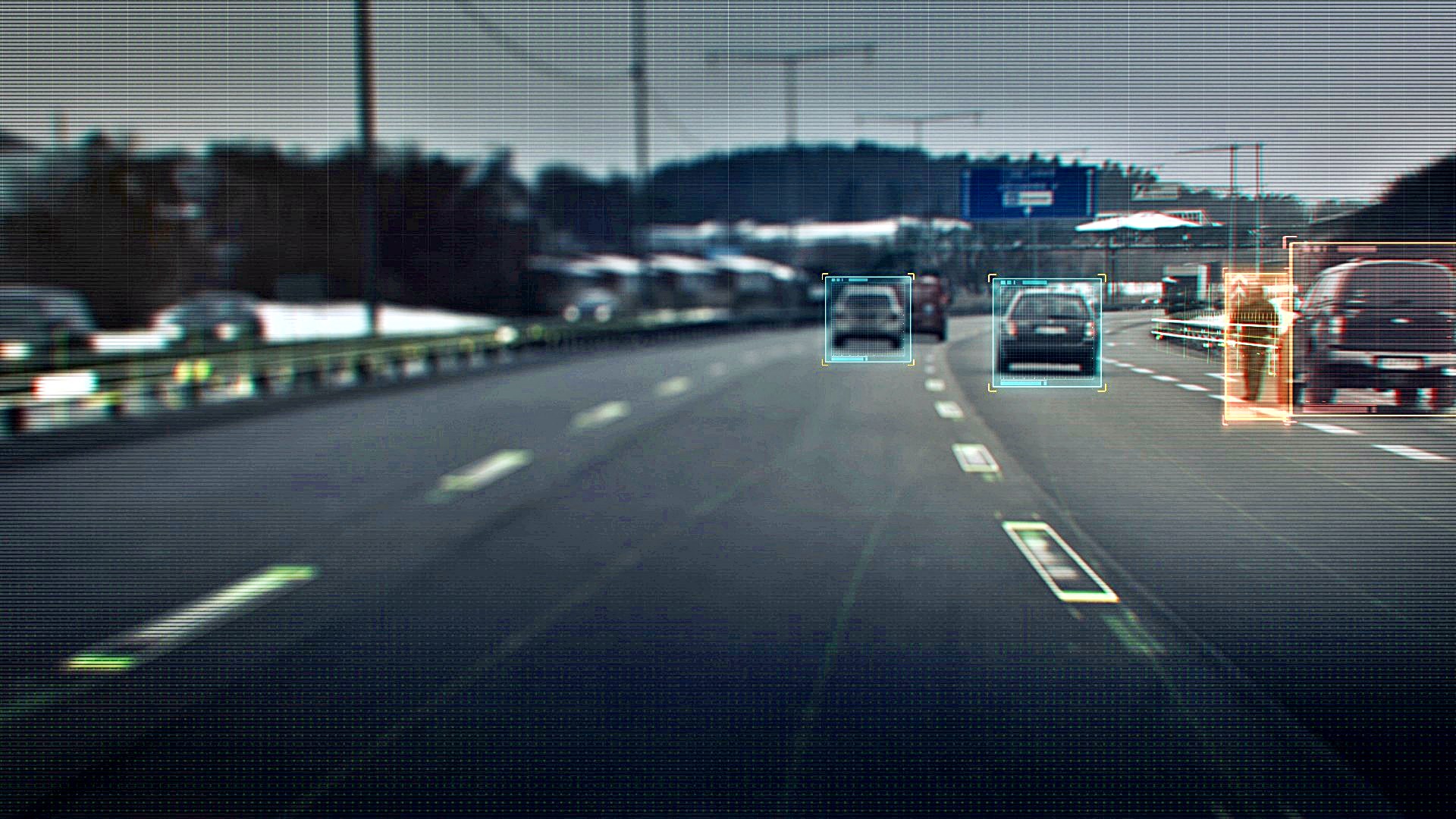
As with most other countries, an autonomous vehicle would have to be homologated by the authorities before it can be used on public roads. No doubt new testing will be formulated to assess autonomous systems, just as the authorities have had to regularly update their testing as technologies have advanced.
Laws have to be periodically updated to take into account new technologies and Britain is doing so not just to keep pace with the changes but also see it as beneficial to the country’s economy. With clear laws that permit usage of autonomous vehicles, there can be more activity in R&D to develop the technology and related products. By 2035, around 38,000 new, high-skilled jobs could be created within the industry that would be worth £41.7 billion.
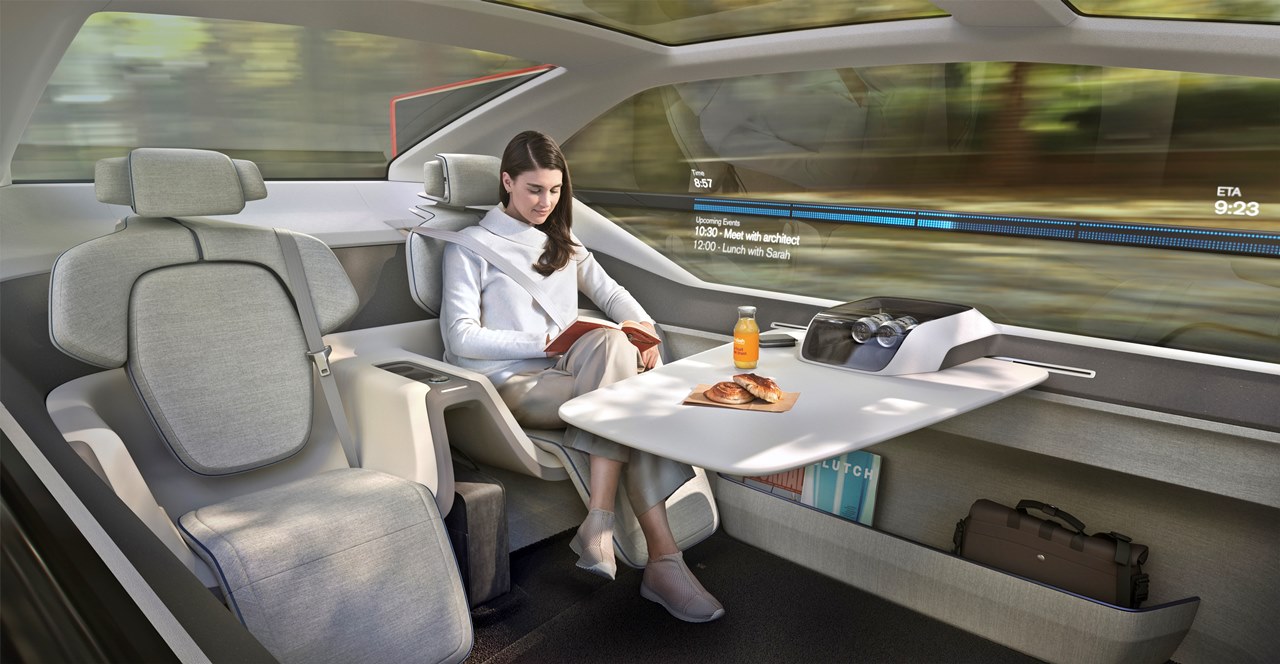
Cloudy conditions with the 60% possibility of rain was the forecast as the race was about to start. The damp starting grid filled up with 19 cars as Zhou GuanYu’s crash in the Sprint Race meant that the Alfa Romeo ORLEN driver would have to start from the pit lane.
Red Bull Racing’s Max Verstappen was ready this time, unlike yesterday when he lost out to Ferrari’s Charles Leclerc leaving the starting line. This time he got a great start and even his team mate Sergo Perez in third position slipped past Leclerc. However, it was not good for the other Ferrari driven by Carlos Sainz – a bump with McLaren’s Daniel Ricciardo had both cars in the gravel and Sainz could not get back out. To enable the marshals to recover the Ferrari, the Safety Car came out and took over the lead.
Mercedes-AMG’s George Russell did well to cut through from starting at 11th to place himself in 6th in the convoy behind the Safety Car. Lewis Hamilton managed to improve his 14th starting position to 12th in the running order.
Racing resumed from the fifth lap as the Safety Car left the track. Verstappen amd Perez shot forward and opened up the gap with McLaren’s Lando Norris who had managed to grab third place before the Safety Car came out. But right behind the McLaren driver was championship leader Leclerc who did not want to be delayed from getting to the front.
Aston Martin’s Sebastian Vettel had also done well to move up 5 places and got past Alpine’s Fernando Alonso who was struggling after sustaining damage that took off his sidepod. When he finally got back to the pits, the engineer gave him the bad news that the damage was severe and he might have to retire.
On lap 8 of the 63-lap race, Leclerc finally got past Norris, much to the delight of the home crowd. But his third position was still some 6 seconds from Verstappen who was protected by his team mate.
As the track was drying out, the radar showed that rain could start to fall by lap 22, so decisions were being made to hang on to the intermediates for the time being. The three frontrunners – Verstappen, Perez and Leclerc were well ahead of Norris who was 10 seconds behind the Ferrari and, for the time being, safe from Russell who was occupied with keeping Haas F1’s Kevin Magnussen from passing him.
By lap 15, Hamilton was in the mirrors of the Aston Martin of Lance Stroll and trying to get into 10th and start to think about points. Just ahead of the two was Scuderia Alphatauri’s Yuki Tsunoda who started to become involved in the tussle as well.
The first drive to come in was Ricciardo on lap 18 and his McLaren got medium tyres. He was followed by Pierre Gasly (Scuderia Alphatauri) and Alex Albon (Williams) who changed to the dry-weather tyres. By lap 21, all the cars had made their tyre changes. During his pit stop, Hamilton had contact with Alpine’s Esteban Ocon who was departing after his tyre change and it was deemed an unsafe release, for which the Stewards gave him a 5-second penalty.
The forecast changed to less risk of rain which meant that the medium tyres would have to last for another 39 laps. Ricciardo decided to come in again on lap 27 for slicks but he still had a lot of work ahead as he was way down in 18th. He would come in again another 4 laps later and try another set of tyres.
Perez was doing a good job of keeping Leclerc in third but the Ferrari driver was pushing hard. When told of the increasing efforts, Verstappen widened the gap to 9 seconds but by about halfway through the race, he would start to encounter traffic.
It seemed that Ricciardo, being way back, was a ‘tyre tester’ and from his experiences with the hard tyres, it was better to stick to the mediums for the rest of the race, so Norris would have to think about tyre management for another 25 laps.
By lap 40, Verstappen appeared behind Hamilton, down in 14th, and it must have been hard for the 7-time world champion to let the man he lost to last year pass. Once the Red Bull got past, Hamilton got back to trying to displace Gasly from 13th place. It was obvious that the Mercedes-AMG just did not have the speed to overtake the Scuderia Alphatauri.
With 13 laps to go, Verstappen had built up a comfortable lead of almost 14 seconds. Leclerc was still battling with Perez, while Norris was also safe in 4th place and just had to make it to the end.
On lap 50, Leclerc came in and switched to soft tyres (which he was not 100% convinced was right) and on the very next lap, the two Red Bulls came in and did the same change. Verstappen had such a big gap that he easily returned to the lead as he rejoined the race.
Disaster struck for Leclerc on lap 54 and he spun and hit a barrier. He was fortunate to slide sideways into the barrier so the damage was less but still the front wing was damaged. He managed to get back to the pits but when he got back out, he was done in 8th. With 5 laps left, he had to try to improve his position but make sure he did finish as well.
As two laps remained, some teams started to alert their drivers of rain on some parts of the track, but for Verstappen, there were no worries of challenges before the end. Both Red Bulls were comfortably ahead as they crossed the finish line, with Norris joining them on the podium.
Behind Norris came Russell who had put in a strong effort in those closing laps to prevent Valtteri Bottas from taking fourth place. As for Leclerc, he could only reach up to 6th position, having managed to get past Yuki Tsunoda, by the time the race ended.
© Copyright – Piston.my 2024 Trademarks belong to their respective owners. All rights reserved